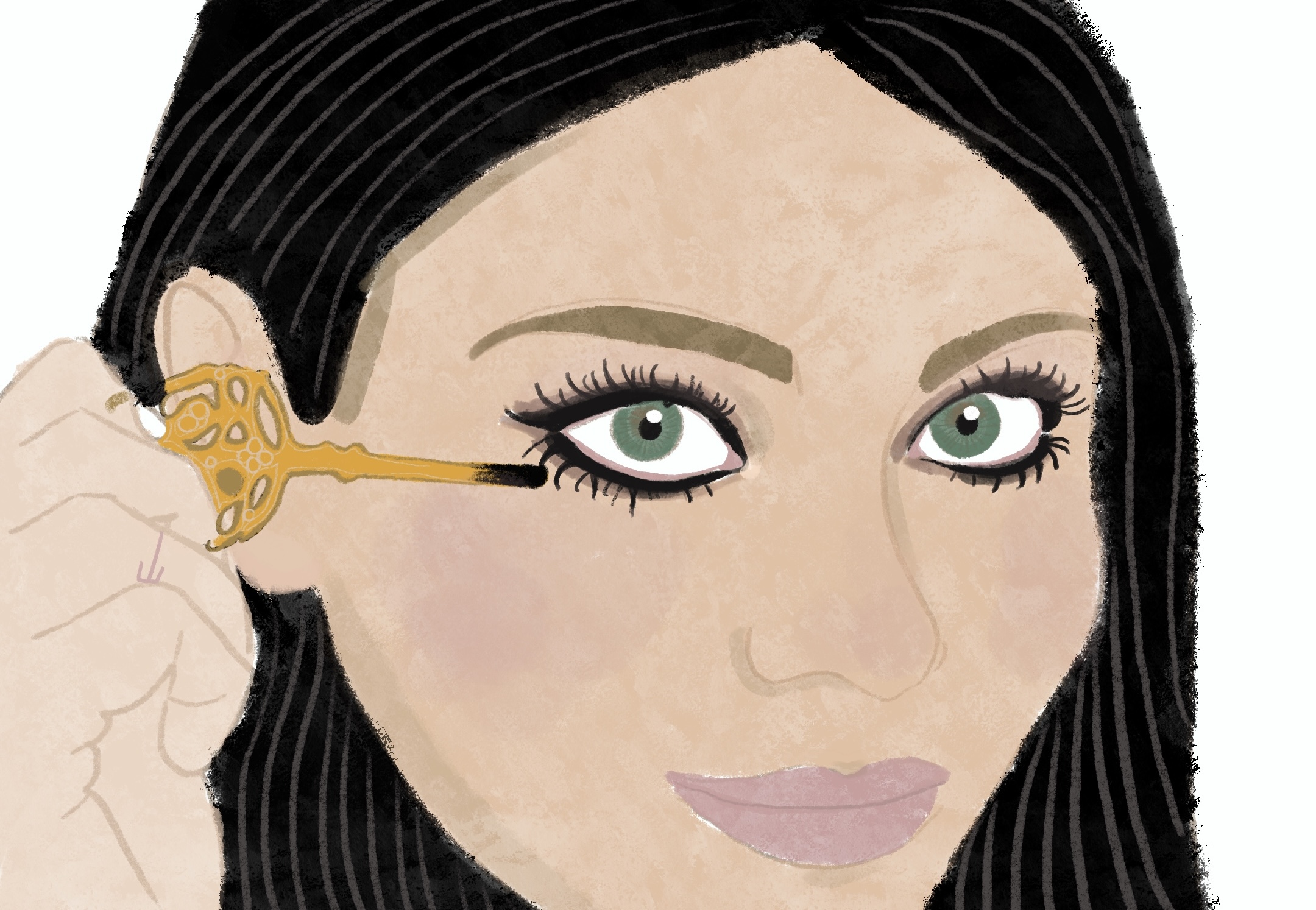Culture Corner: more than just makeup
Connecting cultural and gender identities through kohl.
I solemnly admit that sometimes, when I look into a mirror, I don’t feel beautiful unless I am wearing makeup. I know this is wrong and maybe I should be trying harder to change how I perceive myself, but then I rummage through my parent’s drawer and steal their kajol, or kohl, depending on which parent it is. My hands and eyes aren’t as culturally practiced in the art of applying it, but I put it on nonetheless, along with some concealer to ward off the undereye bags and make the black pigment of the substance pop.
I feel more beautiful. More cultural. Like my femininity isn’t just for show. That it has substance.
Both kajol and kohl are vivid black eye pigments—often simply referred to in the west as “eyeliner”—that have come to define cultural practices and aesthetics across time and continents. Most documents indicate the practice of applying kohl or kajol originates from Ancient Egypt, where people would wear it to signify status, protect their eyes from the harsh unforgiving desert sun, or to resist superstitions such as the evil eye.
Though the methods and ingredients of kohl production differ culturally—my dad’s Moroccan kohl, for example, is made from the mineral galena and olive oil whereas my mum’s Bangladeshi kajol comes from monosha plant extracts and wax—the creamy sultry black substance is a point of convergence between the two geographically disparate cultures that make up my identity.
One of my earliest memories of myself was wearing my dad’s kohl, looking in the mirror, and feeling beautiful. I was 12 and didn’t understand what “feeling beautiful” even meant, but I knew I felt closer to a culture that I had never truly lived in; only heard of, held and eaten, and worn through kohl and other ornamentations.
But kohl is more than just something that ornaments the eyes. Through waves of colonization, immigration, and globalization, this kohl has stood the test of time, tribulations, and tradition. In nomadic tribal communities spread across Northern Africa and the Arabian Peninsula, kohl is worn by both men and women as it attests to the power and confidence of embodying the body our Creator has given us, and of showing tribal identity.
I wear kohl only occasionally for cultural events since the exotic minerals often irritate my naive eyes. But whenever I do, I feel quite proud and excited on the inside, even if others simply perceive it as eyeliner that I am wearing. In truth, kohl not only unites the cultures, but time too. Many women on social media have taken a liking to the traditional “feel” of the substance and the rich brass tube it comes in.
This has helped many discover rich traditional make-up practices, and understand how something as innocuous and everyday as makeup can make second-generation immigrants—who feel estranged from their cultures—more beautiful.
Opinion Editor (Volume 51); Associate Opinion Editor (Volume 50) — Mashiyat (Mash) is a third-year student studying Neuroscience and Professional Writing and Communication (PWC). As this year’s Opinion Editor, Mash hopes to use her writing, editorial, and leadership skills in supporting student journalism in the essential role it plays in fostering intellectual freedom and artistic expression on campuses. When she’s not writing or slaving away at school, Mash uses her free time cooking cultural dishes, striking up conversations with strangers, and being anxious about her nebulous career plans. You can connect with Mash on her LinkedIn.


